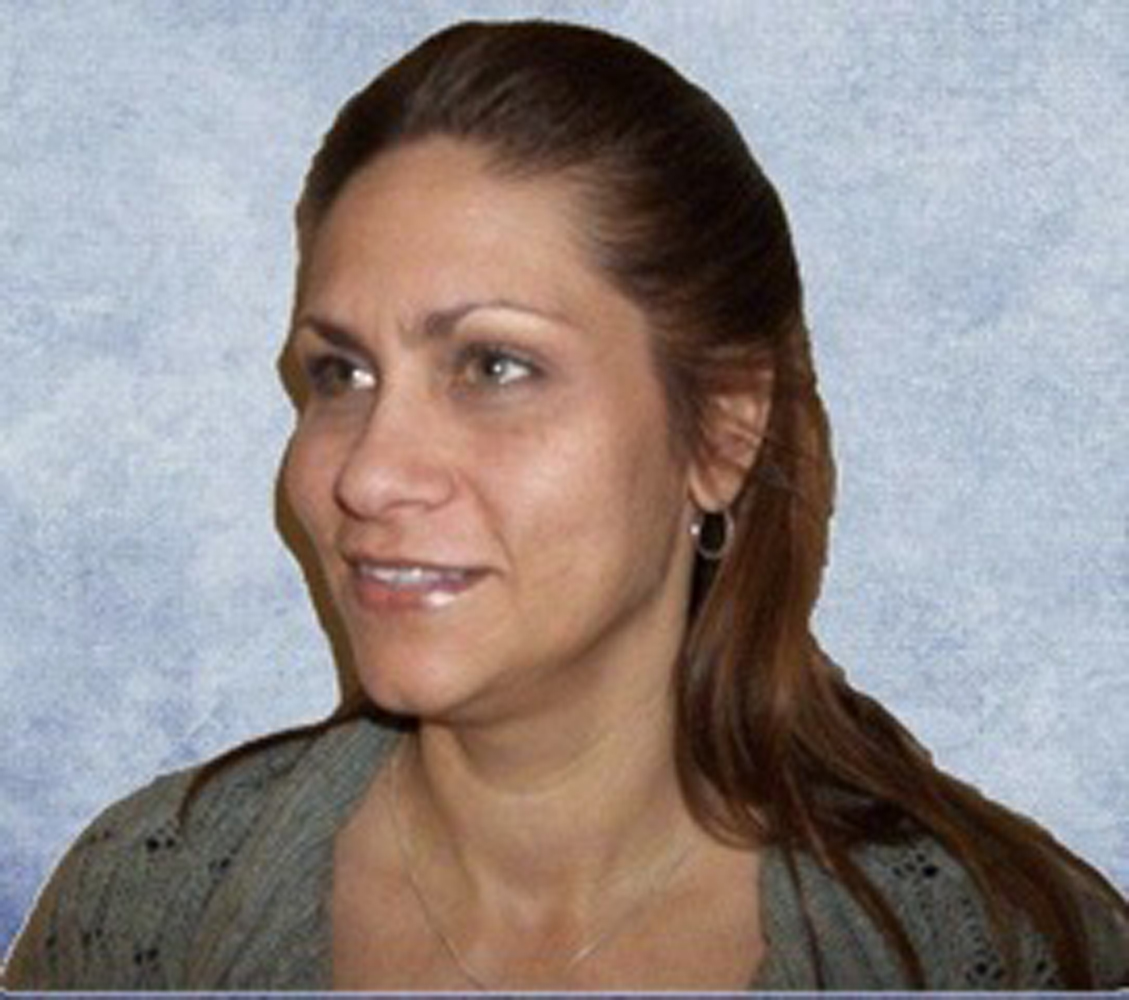
By Stacey Gaskell
Being a woman working in a largely male occupation hasn’t seemed all that difficult. I’ve travelled many career paths, and this one does not feel much different.
I had assumed that the gender gap was all but closed in both quantitative representation of men versus women in the workplace and in salary. It turns out that assumption (as most assumptions are) was incorrect. It is getting better, but it’s also still there.
Today, while we see the gender gap has grown closer in many careers, as far as the number of men and women working, in information technologies women are still far out-numbered. After scouring the internet and comparing statistics, the conclusion seems to be that women make up only about 25 percent of the information technology field.
My particular focus is in telephony, often characterized as a subset of IT.
Leaving the question of financial equity aside, the postulated reasons for women being under-represented in the field are as varied as they come. Personally, one of the most serious considerations was that telephony engineering and support is a 24/7 field, but my family and children also need my attention, as I need theirs.
Being able to compete in this field means compromise. There are work emergencies that demand my attention regardless of the time of day or night. I have my own “on-call” force at the ready to take care of my children if my attention is required elsewhere. If not, if I become consistently unavailable due to family obligations, then I become more of a liability than an asset.
On a day-to-day basis, there are certainly challenges that must be faced working as a woman in a predominantly male field when it comes to our customers’ perceptions.
Many times when I make first contact with a customer they are expecting a man and their initial impression is that I am the secretary, or calling from the sales or service department. When I explain that I am the programmer and part of the installation team for their new equipment, there is normally a brief moment of surprise before we can move on.
I cannot begrudge anyone that initial reaction. When I need to call manufacturer technical support for one of our phone system installations and the one woman who works there answers the phone, I have to struggle against my preconceived impression, too – even though I am that woman for many others. In my mind I go through a litany: she is just not going to be able to help me; she isn’t going to understand the issue; and the technical nuances are going to be lost on her. I completely understand that makes no sense, but it’s also an ingrained impression left over from years of working outside of the technical realm.
So how do we overcome this initial recalcitrance? I find I have to prove to the customer that I know what I’m doing, prove that I can understand the big picture, and also follow through on the details. For me, this entails taking the time to truly listen to the issue that the customer is having, making sure not to interrupt except on points of clarity.
During this process, very subtly mirroring body language and speech patterns helps to create a more comfortable and trusting atmosphere. Sometimes this means behaving in a way that is not particularly comfortable for me. I like to teach and explain – to create a full understanding of the situation. This is not always appreciated by the managers, owners and IT personnel that I work with on a regular basis – so adjustments must be made.
They want precise, quick analysis and suggestions. Being able to communicate with someone else within their comfort zone assists them in being able to accept you as a person that is suitable for the job.
Most customers adjust well. Through hard work which consistently meets or exceeds their needs, with providing intelligent solutions to complex issues, and with implementing those solutions in a timely and thorough manner, the matter of male/female quickly loses any meaning. In the end, our customers really just want the best person for the job.
As our society continues to evolve, hopefully we will find more and more women in the information technology field. The need to be able to use and understand technology has become commonplace among our school-aged children, and as these children join us in the workplace, the divide may narrow.
But for now, it’s honestly not that hard. As long as I do my job and do it well, being a woman is not a handicap.
Stacey Gaskell is a systems engineer with Tech II Business Services Inc. in Saratoga Springs.
Photo Courtesy of Tech II Business Services Inc.
